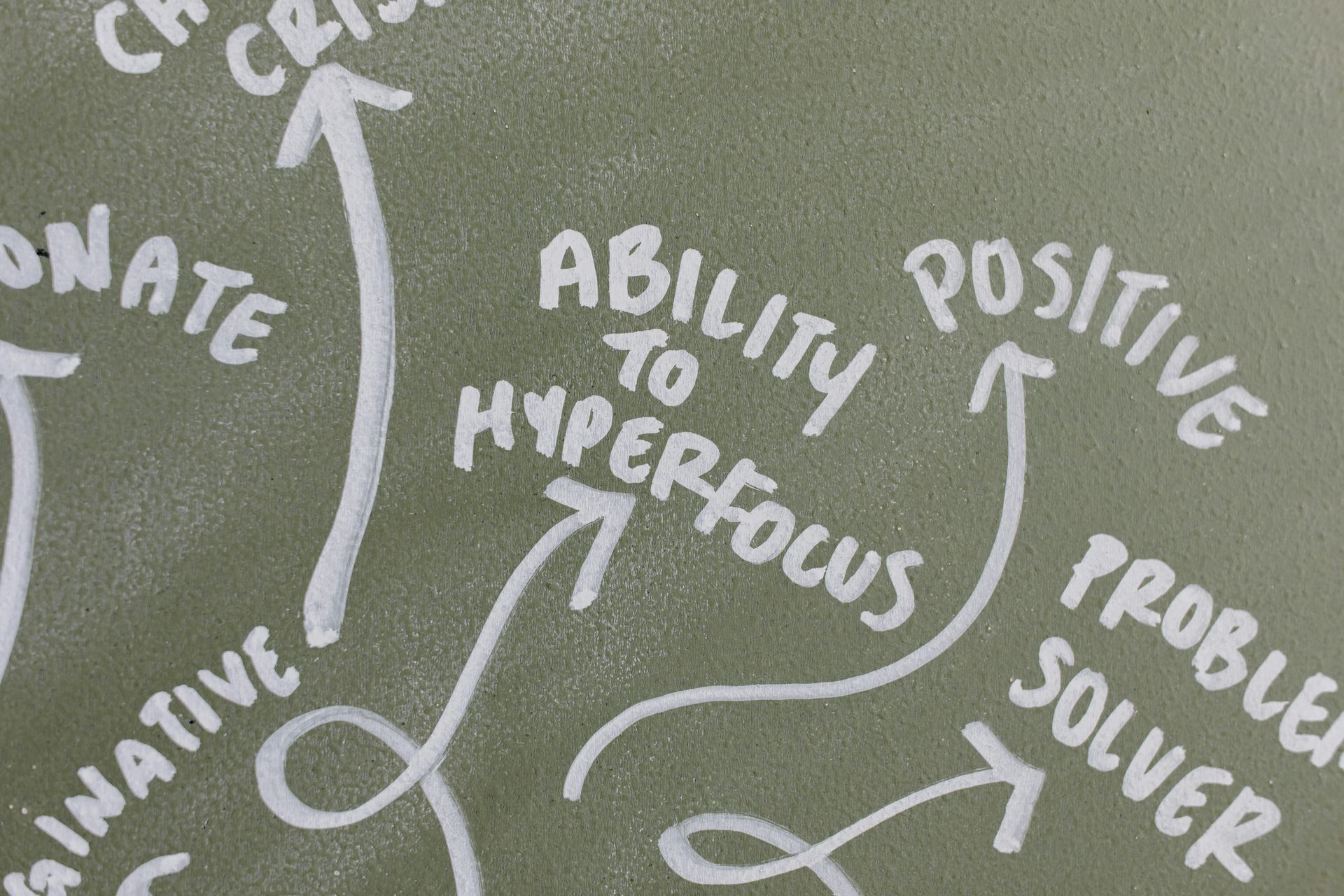How to identify and fix toxic organizational culture
Toxic culture is a misalignment between stated values and principles versus evidenced behaviors and character traits. If a group of people choose a particular set of values and live by them, then their internal culture flourishes. An external observer’s disagreement with a set of stated values however, is a different socio-humanitarian topic.
Typically, three behaviors give rise to a toxic culture:
- Politics or lack of maturity, which prevents a transparent acknowledgement of undesirable behaviors
- Flouting agreed values and principles
- Rigid enforcement rules for promotion of said principles and values
Signs of a toxic organizational culture:
- When employees are saying that something is mediocre or outright wrong, yet nothing changes from year to year
- When your organization keeps repeating past mistakes with future clients
- When there is a mismatch between wants and needs (for instance when people desire collegial behavior model, but the basis of organization is authoritarian);
- When strategy discounts external complexity and internal capabilities
How to balance niceness vs reality checking
Simply being pleasant and agreeable, or an environment of ‘niceness’ is a limiting way of regulating organizational culture. Such ‘niceness’ is often just a veneer of civility, a mere nod to psychological safety, which falsely signals inclusion, collaboration and high performance. Team environments need to be mature, which means being open to tough conversations and having effective conflict resolution patterns.
A collegial and respectful environment is an outcome of a healthy culture. It should not result from tolerance of toxic behaviors such as avoidance of difficult conversations, passive-aggressive behaviors, inability to hold people accountable, or keeping the peace through tribalism.
The risk of distorting reality is the primary threat to culture. This occurs when niceness is ranked higher among desirable behaviors. Leaders are the ultimate recipients of reality check issues :
- Senior leaders can be misled (if toxic behaviors hinder unadulterated data flow)
- Senior leaders may misrepresent factual reality (if the information flow is modeled around avoidance of painful facts)
Anecdotal evidence suggests that niceness can mutate into inability to challenge people, both vertically and horizontally. Managing up is one of the typical negative behaviors, but similar happens within teams also.
“You know you’re in a toxic environment when... People use the word ‘fairness,’ when in reality, managing the appearance of fairness becomes the job.” ― Richie Norton
A necessary safeguard against this toxic pattern is to explore and measure what you do not know, and to test if what you do know is true. Radical transparency and psychological safety are the best patterns for ensuring reality checks are never compromised.
How to build an authentic organizational culture
Manifestation of toxicity through a mismatch between stated values and actual behaviors is not unusual. Let’s face it - humans are fallible by nature. It would be pretentious (inherently toxic) for any individual, team or organization to pretend to be infallible all the time.
Organizations that are prepared to be transparent about rusty or inefficient pipelines earn the badge of being thought of as authentic by both employees and partners.
“There is nothing noble in being superior to your fellow man; true nobility is being superior to your former self” – Ernest Hemingway.
To think of authenticity as a soft quality is a serious mistake. Authenticity is measurable and therefore can be a real driver for efficiency, as well as cultural change.
Evidence of a healthy organizational culture:
- Quiet confidence prevents kudos from disproportionately overshadowing reflections about ongoing challenges. A ratio of kudos vs grassroots-driven reflections on challenges is an easy measure to obtain with Neelix.IO.
“It is amazing what you can accomplish if you do not care who gets the credit.”– Harry S Truman - Authenticity takes hold only when real-time transparency is embraced. Evidence-based and measurable reflections lead to real-time inspect-and-adapt processes that, in turn, unlock the “ask for forgiveness later” culture where right things are done for the right reasons
- Systemic honesty (supported by radical transparency) handles bad apples seamlessly and prevents major breaches of process or values
Conclusion
Reality checking and authenticity are about systematic recognition of issues and timely adjustment. Radical transparency is the best approach because it keeps leaders and teams honest, and helps avoid the Dead Horse scenarios.
Learn more about the measurable and psychologically safe
transparency approach provided by the Neelix Employee Engagement platform.
Martin Luther King Jr. said in his famous Letter from Birmingham Jail “…there is a type of constructive, nonviolent tension which is necessary for growth.” Don’t cover that up in your efforts to be nice. Channel and manage the tension. That’s real kindness."



